
Pearl Harbor
A Suicide Mission From the President?
By Ron GilliamAs he read the decrypt of the radiogram from Admiral Harold Stark, Chief of Naval Operations, several things bothered Admiral Thomas C. Read more
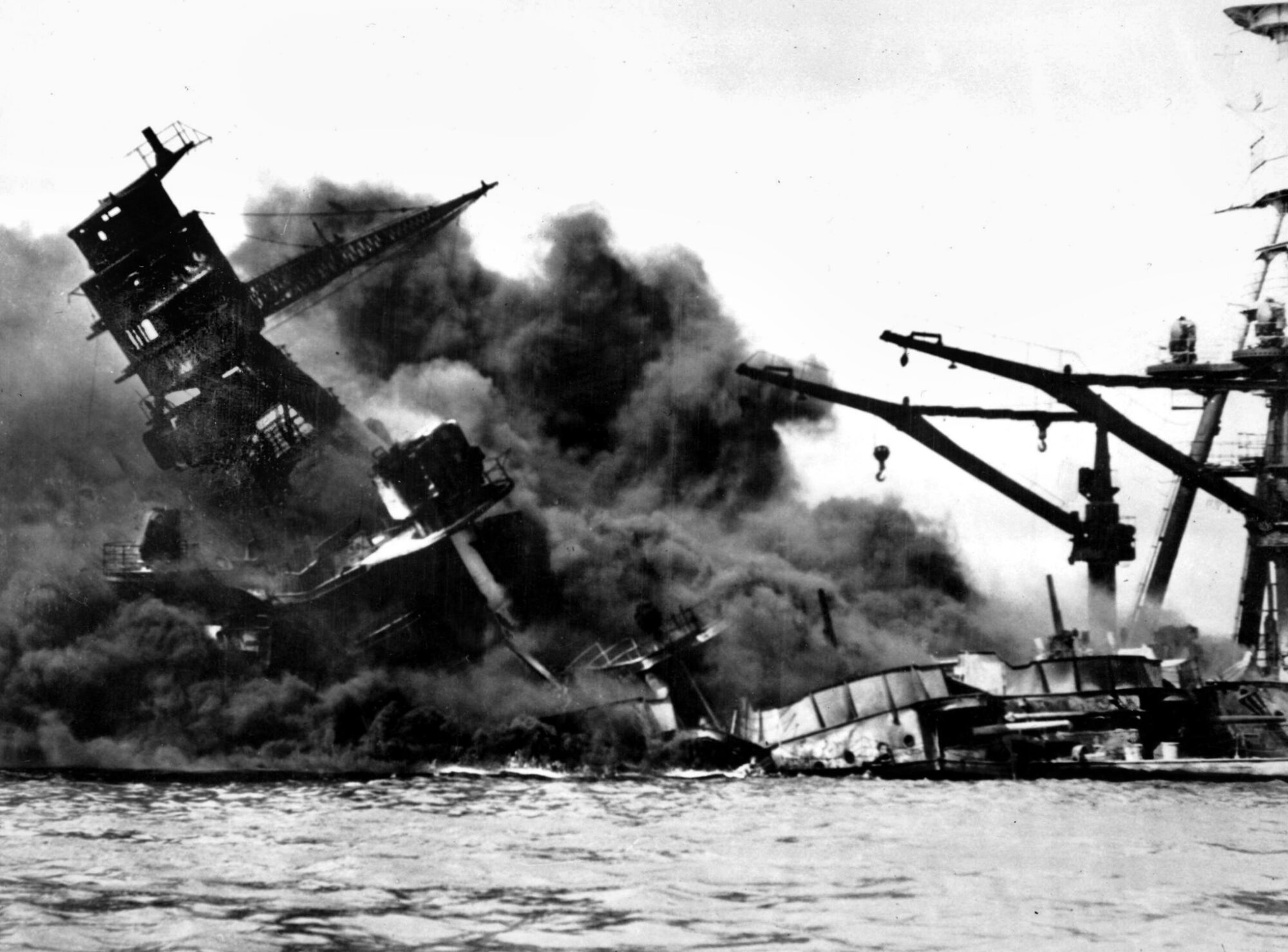
The attack on Pearl Harbor and other U.S. military installations on the island of Oahu, territory of Hawaii, Sunday, December 7, 1941, plunged the United States into World War II. The Pearl Harbor anchorage of the U.S. Navy’s Pacific Fleet was attacked by two waves of Japanese planes flying from aircraft carriers more than 200 miles north of Hawaii. Eight battleships of the Pacific Fleet, as well as numerous other ships, were sunk or damaged, and 2,403 American lives were lost. Pearl Harbor has become an enduring symbol of American resolve in the wake of the surprise air raid. President Franklin Roosevelt called the date of the Pearl Harbor attack one that would “live in infamy.”

Pearl Harbor
As he read the decrypt of the radiogram from Admiral Harold Stark, Chief of Naval Operations, several things bothered Admiral Thomas C. Read more
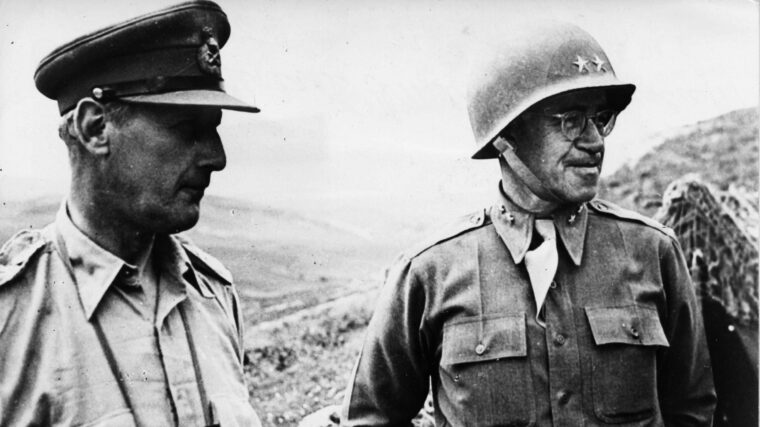
Pearl Harbor
Great commanders need great subordinates. In the campaigns in the Mediterranean and European Theaters of World War II, General Dwight D. Read more
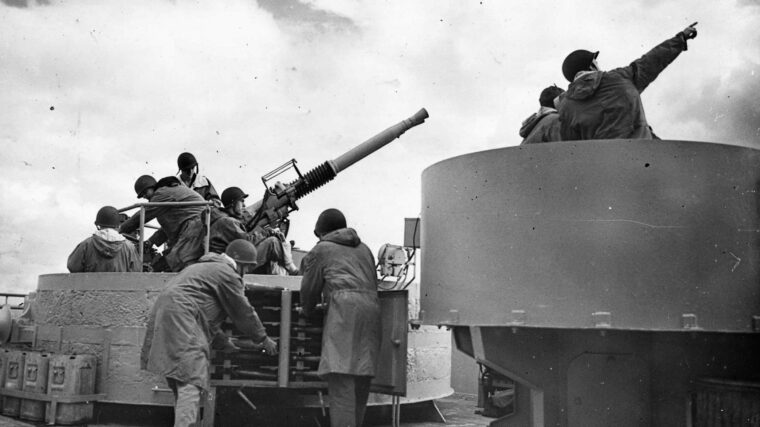
Pearl Harbor
The late summer of 1939 saw Great Britain teetering on the brink of war with Hitler’s Germany. The years of appeasement and vacillation, of meekly acquiescing to Hitler’s insatiable territorial demands, were over at last. Read more
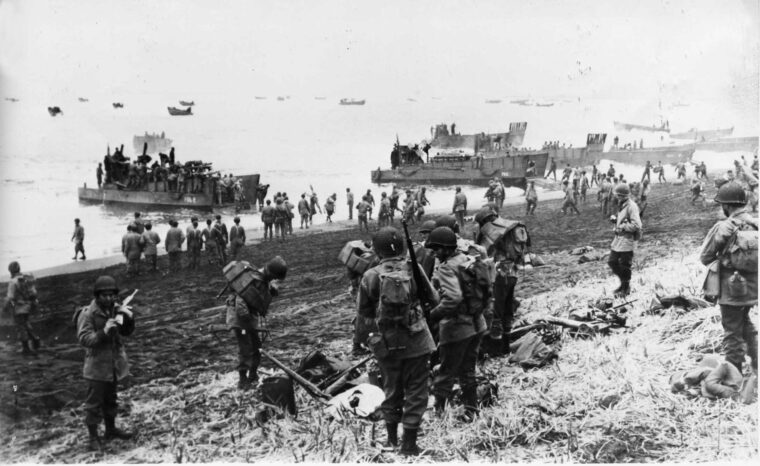
Pearl Harbor
For decades Americans have been spoiled by the instant coverage of war in the media. Read more
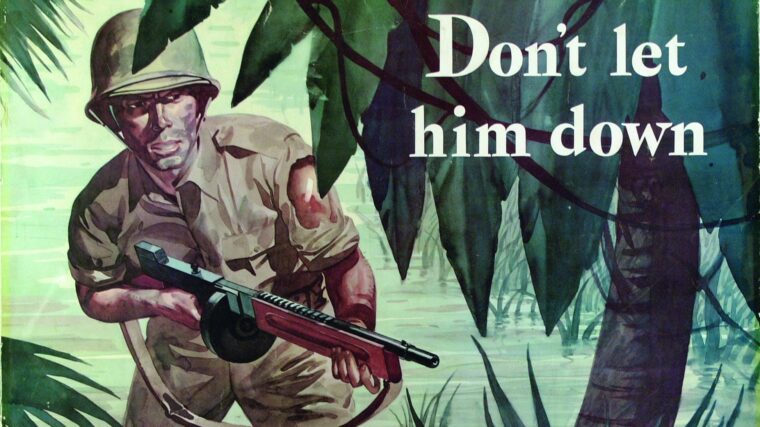
Pearl Harbor
One of the most unusual baseball games ever played was a three- way game in New York City between the New York Yankees, the New York Giants, and the Brooklyn Dodgers. Read more
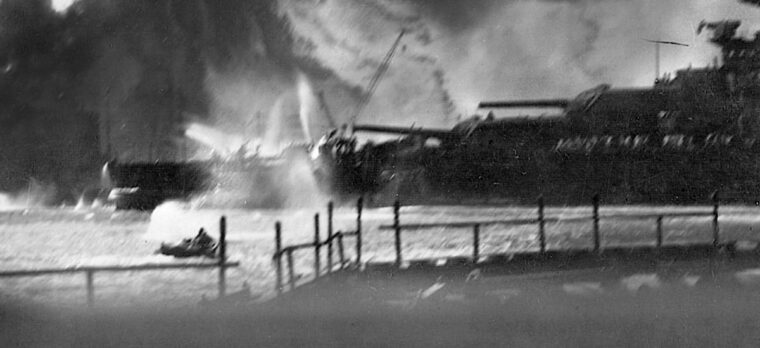
Pearl Harbor
Fort MacArthur in San Pedro, California was established by the U.S. Army in 1914 as a Coast Artillery installation to defend the harbors of Long Beach and Los Angeles. Read more
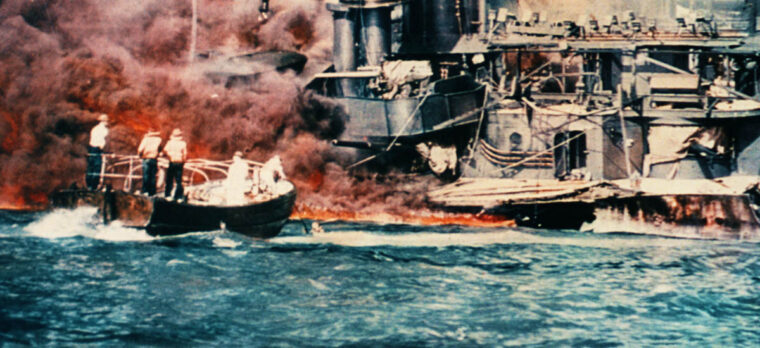
Pearl Harbor
BACKSTORY: Although for the past 75 years history has had little to say about “Bally’s Project,” an effort to falsify State Department records to remove evidence of gross miscalculations prior to the attack on Pearl Harbor—the author recently discovered a small file of documents in the Frank A. Read more
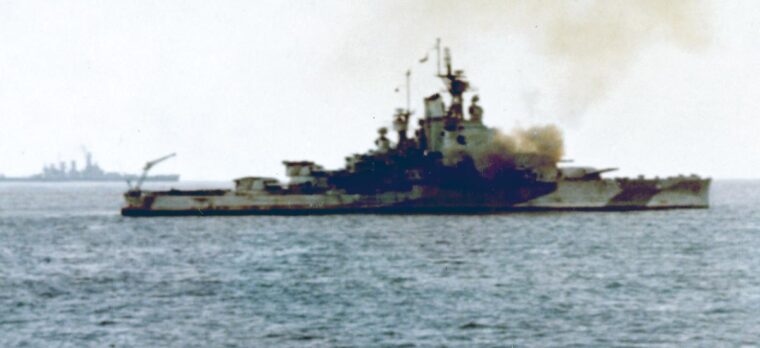
Pearl Harbor
During the dark daysof December 1941, when it seemed as if American and British bases were falling like dominoes across the Pacific, two incidents during the Japanese attack on the naval base at Pearl Harbor gave American morale a much needed boost. Read more
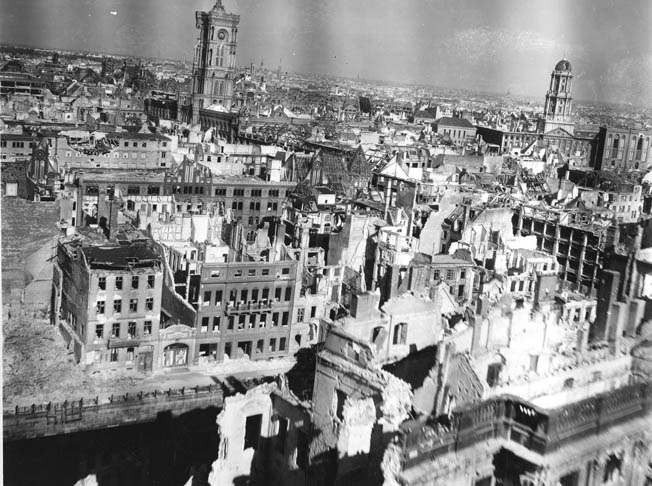
Pearl Harbor
World War II spanned six long years from 1939 to 1945. The Allied powers, principally The United States, Great Britain, and the Soviet Union, defeated the Axis powers, led by Nazi Germany, Imperial Japan, and Fascist Italy. Read more
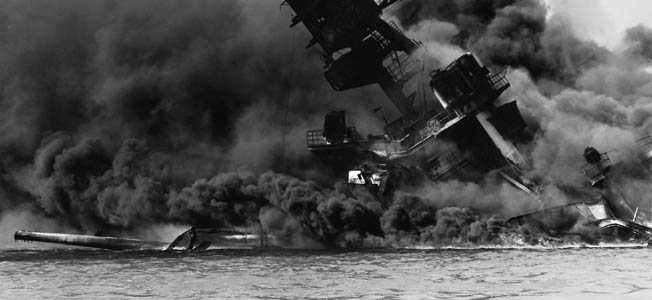
Pearl Harbor
On December 7, 1941, Japanese naval aircraft attacked the U.S. Navy base at Pearl Harbor on the Hawaiian island of Oahu, as well as other U.S. Read more
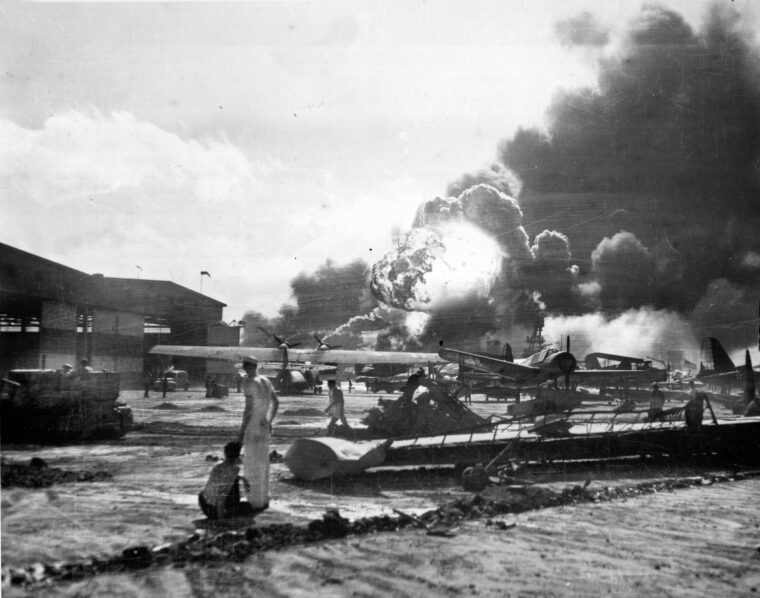
Pearl Harbor
“You are probably the nearest to war that you’ll ever be without actually being in it,” said Commander Harold M. Read more
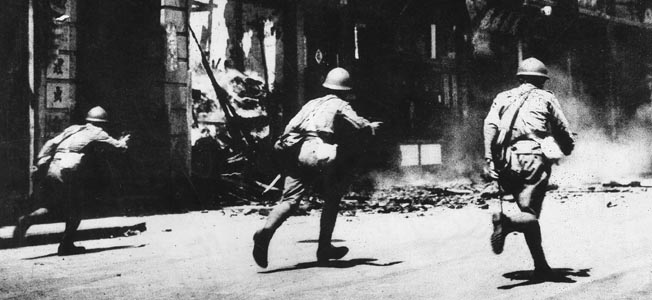
Pearl Harbor
In Western countries, “military police” are associated in the public mind with keeping order among off-duty personnel, such as arresting drunken servicemen. Read more
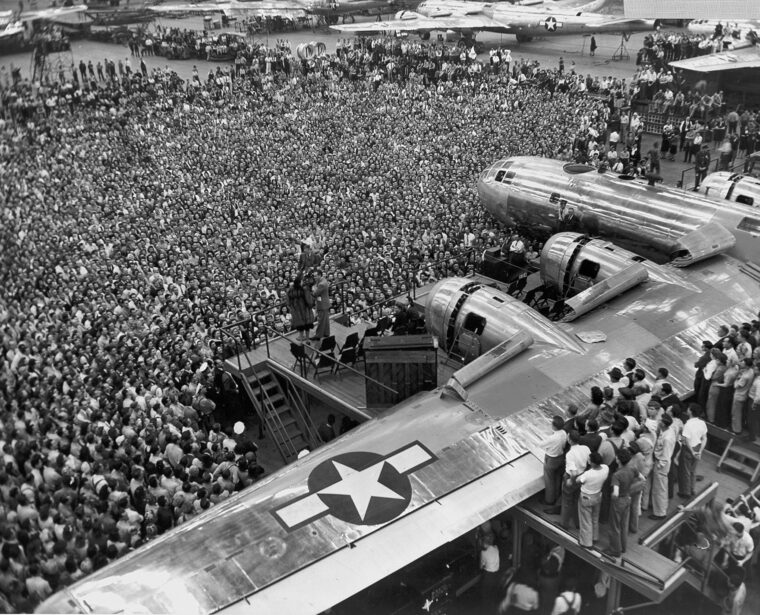
Pearl Harbor
When Maj. Gen. Curtis Lemay, the hard-driving commander of the Twentieth U.S. Air Force based in Guam, decided to change tactics in early 1945 to boost the effectiveness of the B-29 Superfortress, it was the Bell Aircraft plant in Marietta, Georgia, that ultimately provided him with the stripped-down bombers that played such a key role in ending the war in the Pacific. Read more
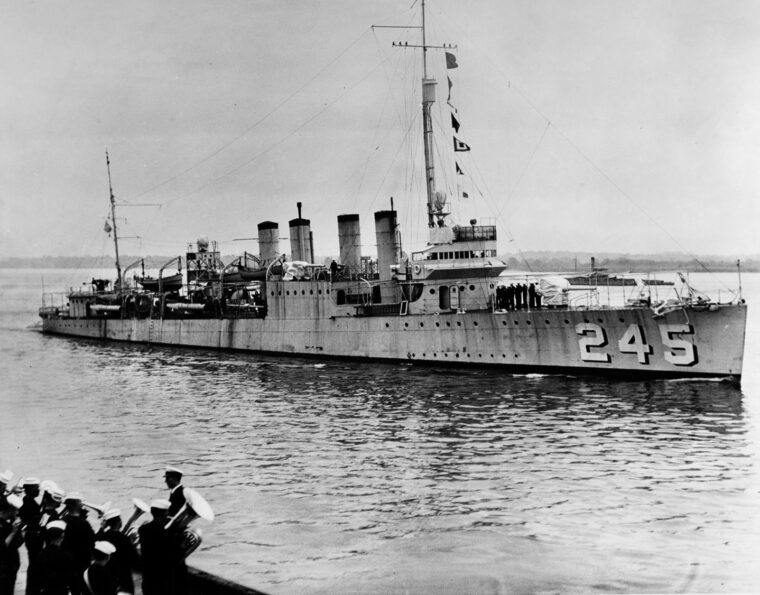
Pearl Harbor
When the destroyer USS Reuben James (DD-245) was assigned to convoy duty in the North Atlantic in the autumn of 1941, its crew had a sense of foreboding and feared the worst. Read more
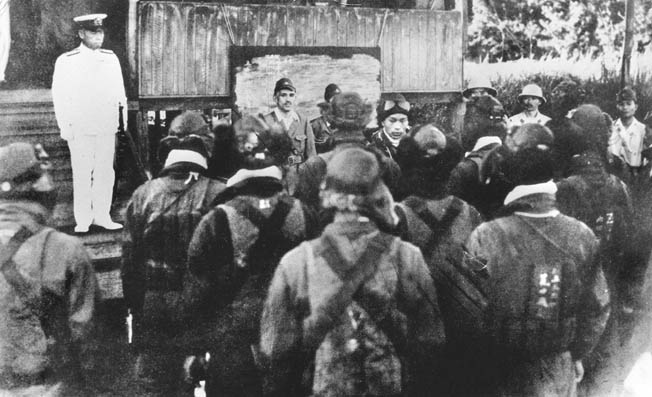
Pearl Harbor
Three generations of Americans wrongly believe that General Hideki Tojo and Admiral Isoroku Yamamoto were equally culpable in starting the Pacific War. Read more
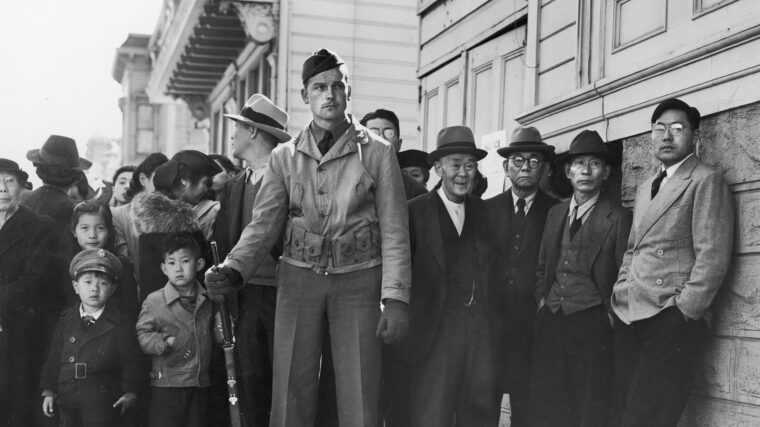
Pearl Harbor
“We were stunned when we entered the camp,” Yoshio “Yosh” Nakamura said, remembering the day when he and his family, from El Monte, California, were herded through the main gate at the Gila River Relocation Center—a Japanese American internment camp 30 miles southeast of Phoenix, Arizona—carrying only suitcases into which their worldly possessions had been crammed. Read more
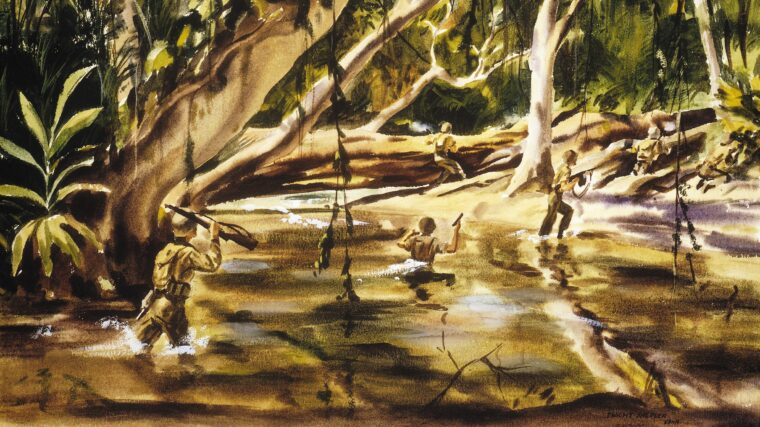
Pearl Harbor
On August 6, 1942, the men of Maj. Gen. Alexander Vandegrift’s U.S. 1st Marine Division watched from the railings as their troopship, the USS George F. Read more
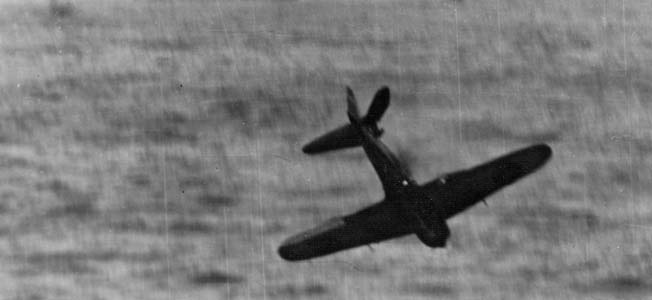
Pearl Harbor
The deliberate crashing into enemy targets by Japanese aviators did not begin at the Battle of Santa Cruz Islands. Read more
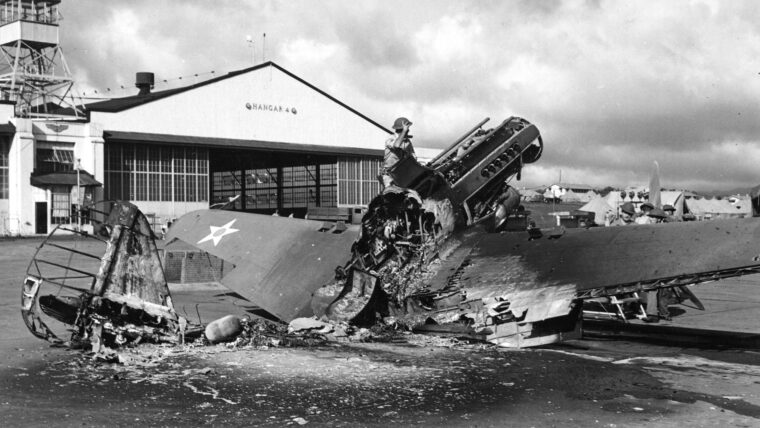
Pearl Harbor
At about 8 am on the morning of December 7, 1941, I stood on the third-floor deck of a red brick barracks that looked across the Schofield Barracks golf course toward the infantry barracks that housed much of the U.S. Read more
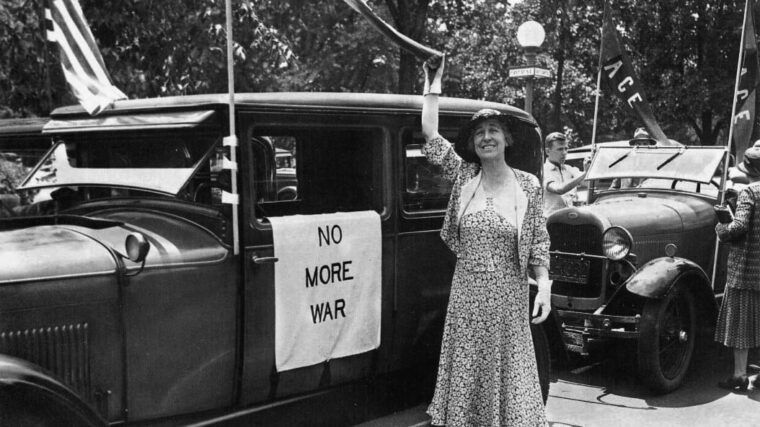
Pearl Harbor
An Associated Press report described “a chorus of hisses and boos” that echoed through the chamber when the Congresswoman from Montana cast her vote. Read more